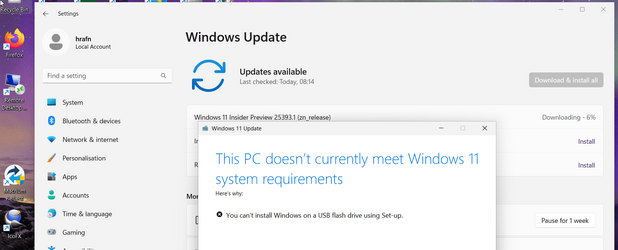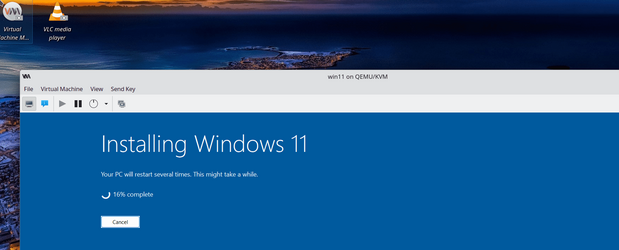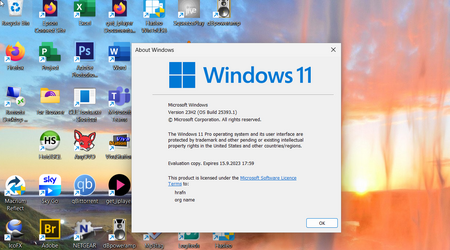Hi folks
the Hasleo WintoUSB (paid version) is brilliant for converting current installs to WintoGo versions without needing clean re-installs (although this can be done manually via std windows commands) but if you have these on vhdx files and you want to revert back to "internal hdd /ssd" versions you are out of luck as Hasleo only looks for the "physical disk".
It's still do-able but but more long winded as you have to image your vhdx windows installation via macrium etc and restore to a non vhdx disk (probably again needing dism to re-install the bootloader).
Then you can do the conversion as ususal. That works -- so update your system and then use Hasleo to convert back to a WintoGo system. (or again you can do that part manually via dism and the bootloader).
It's a pity the developer hasn't allowed for the case of where vhdx files are used for the windows installations. He's got 50% of the process correct though.
I can't actually see any standard windows commands for determining whether an install is on a removable device or not. Typical registry hacks just don't work so this guy has got something right -- I just wish he could "finish it".
I use a load of WintoGo things -- different languages, different user privileges, different apps etc. The main problem still is with Ms as you even NOW can't update to a new build via WU from a windows install (vhdx or standard) that's on a "WintoGO" device.
Cheers
jimbo
the Hasleo WintoUSB (paid version) is brilliant for converting current installs to WintoGo versions without needing clean re-installs (although this can be done manually via std windows commands) but if you have these on vhdx files and you want to revert back to "internal hdd /ssd" versions you are out of luck as Hasleo only looks for the "physical disk".
It's still do-able but but more long winded as you have to image your vhdx windows installation via macrium etc and restore to a non vhdx disk (probably again needing dism to re-install the bootloader).
Then you can do the conversion as ususal. That works -- so update your system and then use Hasleo to convert back to a WintoGo system. (or again you can do that part manually via dism and the bootloader).
It's a pity the developer hasn't allowed for the case of where vhdx files are used for the windows installations. He's got 50% of the process correct though.
I can't actually see any standard windows commands for determining whether an install is on a removable device or not. Typical registry hacks just don't work so this guy has got something right -- I just wish he could "finish it".
I use a load of WintoGo things -- different languages, different user privileges, different apps etc. The main problem still is with Ms as you even NOW can't update to a new build via WU from a windows install (vhdx or standard) that's on a "WintoGO" device.
Cheers
jimbo
My Computer
System One
-
- OS
- Windows XP,7,10,11 Linux Arch Linux
- Computer type
- PC/Desktop
- CPU
- 2 X Intel i7




















